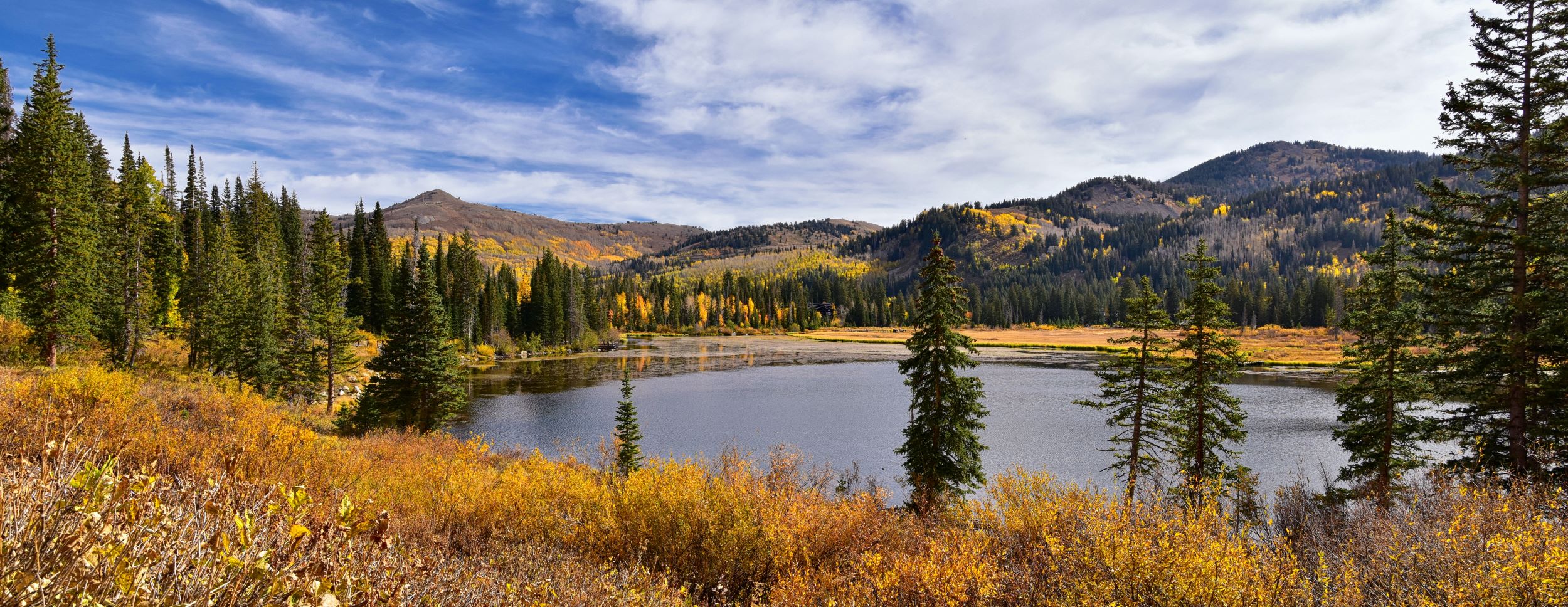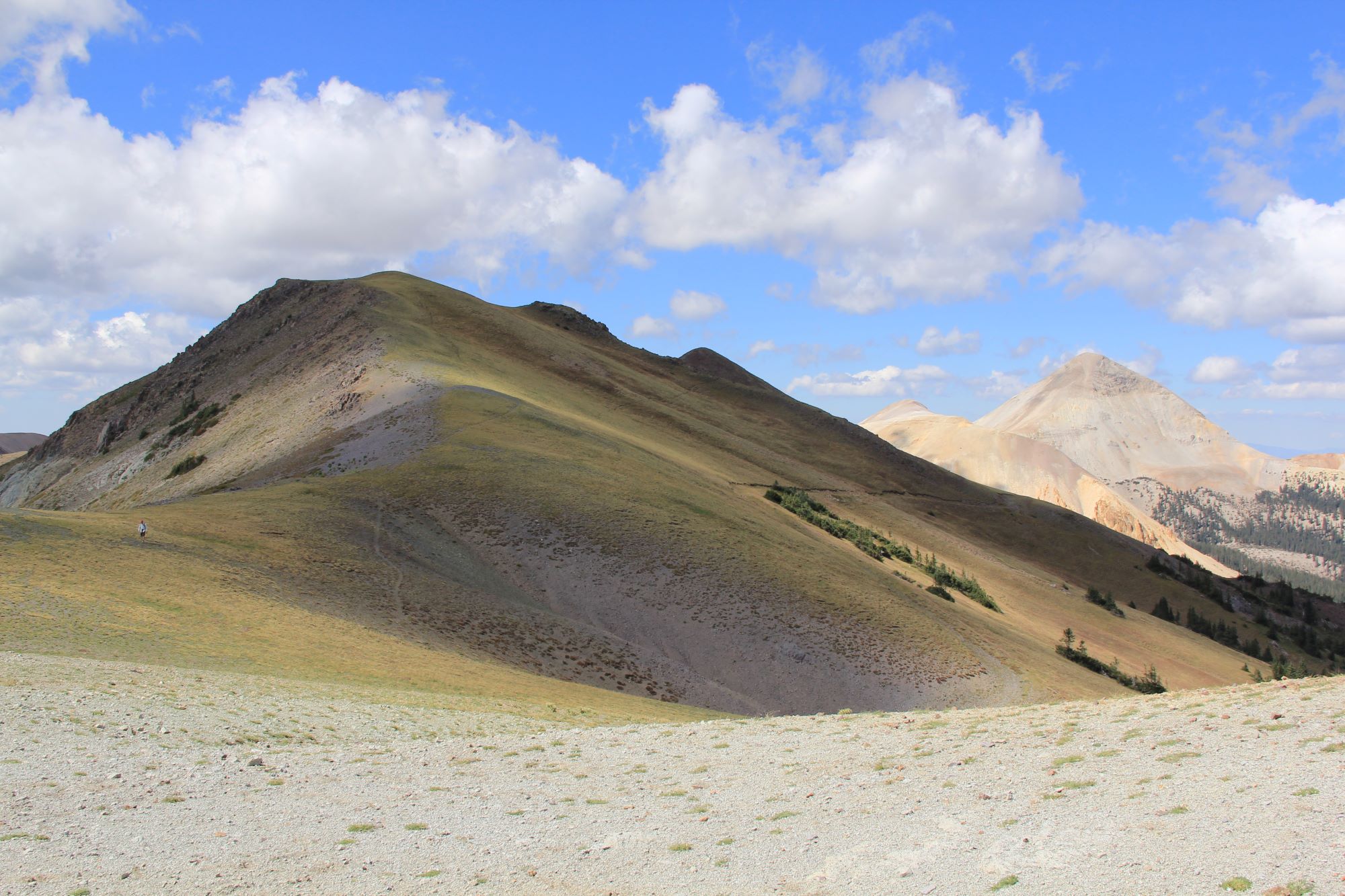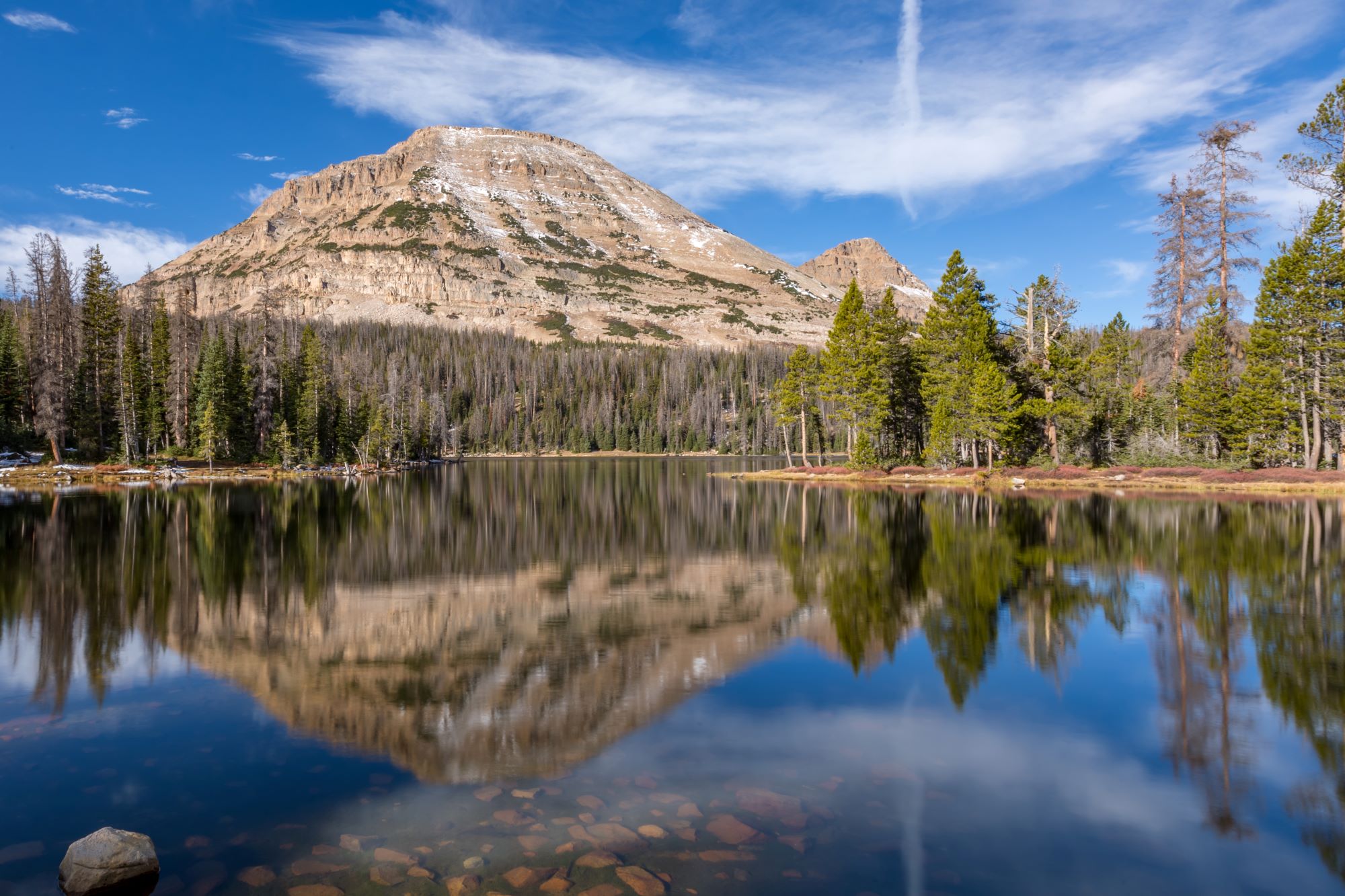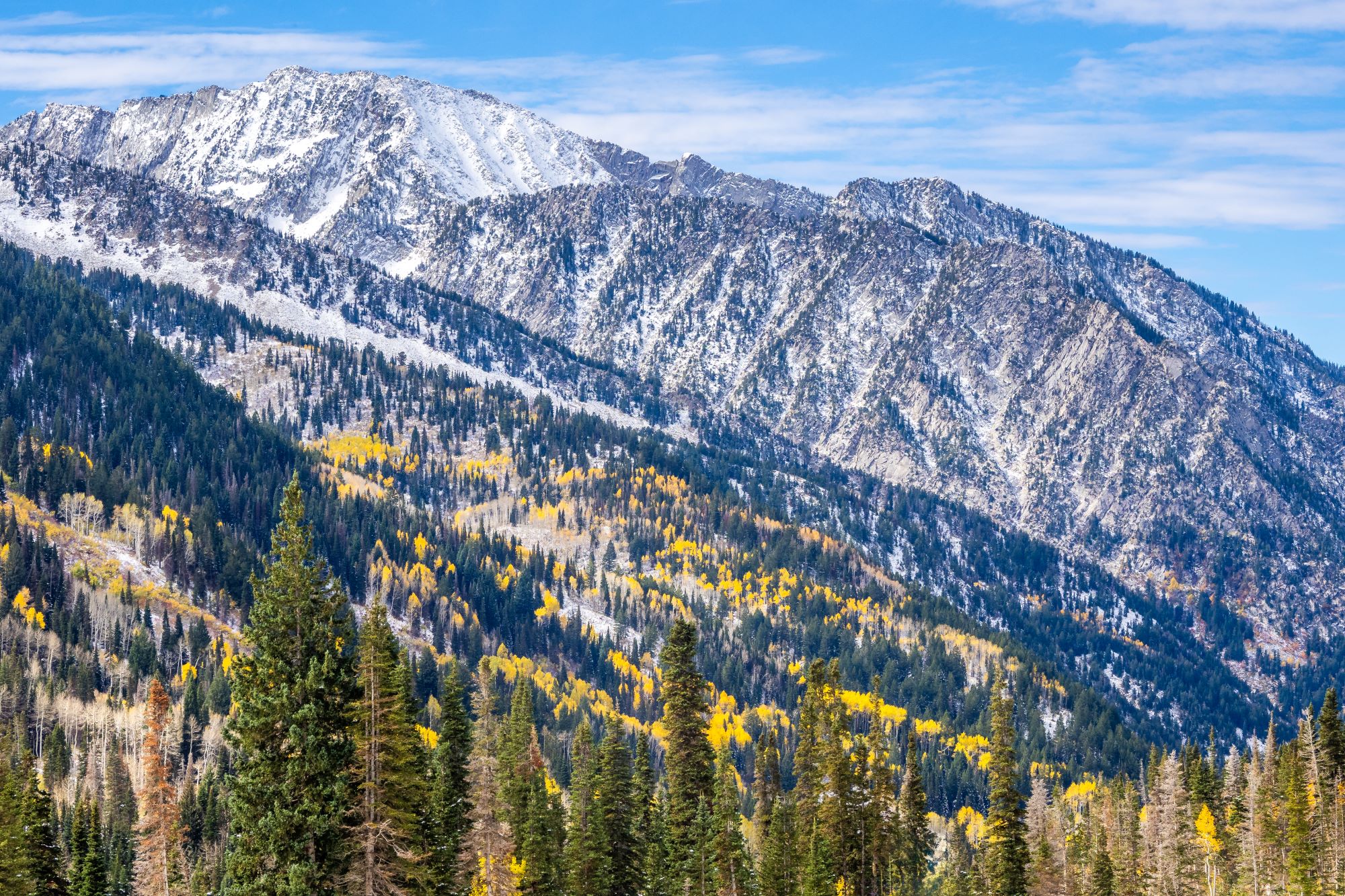
Utah's Mountain Ranges
Utah, a state celebrated for its breathtaking landscapes, is home to several significant mountain ranges, each contributing to the state's diverse and stunning natural beauty. From the high peaks of the Uinta Mountains to the volcanic legacy of the Tushar Mountains, Utah's ranges are as varied as they are magnificent.

The Tushar Mountains, located in southern Utah, are one of the state's lesser-known ranges but are among the most dramatic in terms of geological features. They are the third highest range in Utah, with Delano Peak reaching 12,169 feet. The Tushars are characterized by their volcanic origins, evident in the rugged terrain and peaks formed from ancient volcanic deposits. These mountains offer a landscape of high alpine meadows, steep slopes, and deep canyons. The range is less frequented than others in Utah, providing a sense of solitude and unspoiled wilderness. The Tushar Mountains are also home to Eagle Point Ski Resort, known for its challenging terrain and scenic beauty.
The Tushar Mountains' ecosystems support a diverse array of flora and fauna. The range's high elevations create cool, moist conditions that are ideal for a variety of plant species, including aspen, spruce, and fir. This lush vegetation provides habitat for wildlife such as elk, mule deer, and mountain goats. The Tushars are also a destination for bird watchers, with species like the Clark’s nutcracker and golden eagle commonly seen. For those seeking a wilderness experience away from the more crowded destinations, the Tushar Mountains offer a chance to explore one of Utah's hidden natural treasures.

The Uinta Mountains are one of Utah's most notable ranges and the highest in the state. Extending east to west, which is unusual for mountain ranges in North America, they span approximately 160 miles across northeastern Utah and into a portion of Wyoming. The Uintas are known for their numerous peaks, with more than 1,000 exceeding 11,000 feet, including Kings Peak, Utah's highest point at 13,528 feet. This range is a haven for outdoor enthusiasts, offering a variety of recreational activities including hiking, backpacking, and fishing. The Uintas are also unique geologically, as they are the only major range in the contiguous United States with an east-west orientation, a result of the uplift and warping of the Earth's crust.
The Uinta Mountains are part of the Uinta-Wasatch-Cache National Forest, which provides protection to the area's natural resources. The range is home to diverse ecosystems, from alpine tundra to dense forests of conifers and aspens. The Uintas' numerous alpine lakes, formed by glacial activity, add to the scenic beauty of the range. These lakes are popular destinations for fishing, especially for trout. The High Uintas Wilderness, a designated wilderness area within the range, offers some of the most remote and pristine environments in Utah, with minimal human impact and an abundance of wildlife.

The Wasatch Range is another prominent mountain range in Utah, forming the western edge of the greater Rocky Mountains. Stretching approximately 160 miles from the Utah-Idaho border south through central Utah, the Wasatch Range is famous for its beautiful alpine scenery and world-renowned ski resorts like Alta and Snowbird. The range features rugged terrain with many peaks exceeding 11,000 feet, including Mount Nebo, the southernmost and highest peak of the Wasatch at 11,928 feet. The range's proximity to the Salt Lake Valley and Utah Valley makes it a popular destination for outdoor recreation, with numerous hiking trails, ski resorts, and scenic drives.
The Wasatch Range plays a significant role in the climate and water resources of the region. The mountains capture moisture from passing storms, contributing to the significant snowfall that feeds the ski industry and provides much of the water for the surrounding valleys. This orographic effect creates a lush, green landscape on the western slopes, in contrast to the drier eastern slopes. The range also serves as a vital habitat for wildlife, with its forests and meadows supporting a variety of animal species, including deer, moose, and a diverse array of bird species. The beauty and accessibility of the Wasatch Range make it a central feature of outdoor life in Utah.